Pterosaur parents reproduced more like turtles than birds, according to a new study of a fossilized mother and her egg. The discovery is also the first to allow researchers to conclusively tell the sex of a pterosaur.
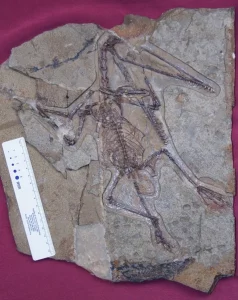
The fossils were found next to each other in China’s Liaoning Province, once the site of an ancient lake. They appear to belong to a species of pterosaur called Darwinopterus (picture), which lived about 160 million years ago.
Scientists think the adult was an expectant pterosaur mother that somehow broke her left wing, causing her to fall into the lake and drown. The body sank to the bottom and eventually expelled the egg.
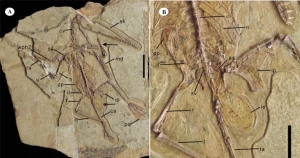
“During the decay process, you get a buildup of gases and pressure inside the carcass, and that tends to expel things out,” said study co-author David Unwin, a paleontologist at the University of Leicester in the U.K. The egg “didn’t go very far. It just came out of the body and sat there.”
In addition to the associated egg, the fossil has a larger pelvis than other known Darwinopterus fossils, which is consistent with the animal being a female.
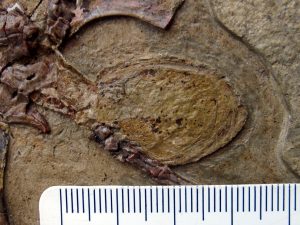
Chemical analysis of the egg suggests that, instead of laying hard-shell eggs and watching over the chicks, as most birds do, pterosaur mothers laid soft-shell eggs, which they buried in moist ground and abandoned.
“It’s a very reptilian style of reproduction,” Unwin said. “Fertilize the egg, lay the egg, and then go and do whatever you want, without having to worry about what’s happening with your offspring.”
Based on other fossils of juvenile pterosaurs, scientists think that, unlike birds, pterosaur hatchlings were capable of fending for themselves.
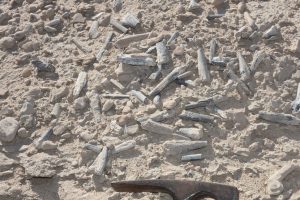
“They looked like tiny adults,” Unwin said. “They were highly precocious and could almost certainly fly very soon after hatching.”
Pterosaur Eggs Were Soft and Porous?
According to the study, published in this week’s issue of the journal Science, the newfound egg contains no traces of calcium carbonate, the mineral responsible for making bird shells hard. By contrast, bird eggs show signs of this mineral throughout their development.
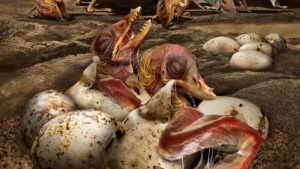
By laying soft eggs that could grow in size, pterosaurs could “make a much smaller investment in terms of material effort,” Unwin said.
“As an analogy, imagine you’re going on holiday and have to take everything with you, including your food and water. Birds, with their hard-shell eggs, have to pack everything into their eggs, including water.
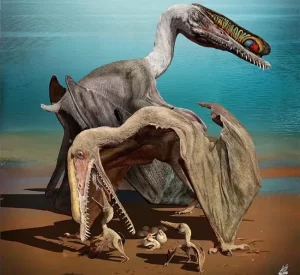
“We could identify in some cases what species the eggs belonged to, but we’ve never had a pterosaur egg in association with its mother before,” said Witton, who was not involved in the new study.
The new pterosaur fossil is also important because it could finally allow scientists to determine the sex of certain pterosaur species.
Darwinopterus fossils, for example, have been found with and without head crests. Until now, it was unclear whether crested individuals were male or female.

Based on this, the team thinks only Darwinopterus males sported head crests, which they may have used to communicate with other members of their species.
A crest could have been used to signal to other males “that ‘I’m bigger than you,’ or it could be used to tell females ‘Here I am, carrying this enormous crest, and I’m a better pterosaur to mate with than the chap next door who’s got a smaller crest,’” study co-author Unwin said.